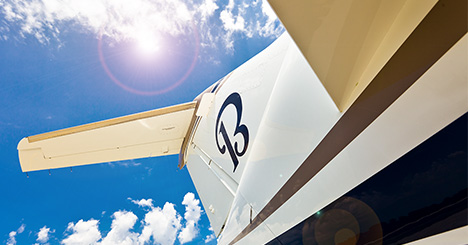
March 9, 2017
NBAA this week commended the International Civil Aviation Organization (ICAO) Council’s recent adoption of the first global aircraft certification emissions standard, which reflects recommendations and input provided by NBAA and other industry groups.
The standard applies to all new large aircraft type designs starting in 2020 and to all in-production aircraft types, including business and large aircraft, in 2023. Those in-production aircraft which do not comply by 2028 will no longer be able to be produced without sufficient modifications to the design. Certain small aircraft, including small turbine-powered airplanes with a maximum takeoff mass under 12,500 pounds, and piston-engine airplanes and turboprops below 19,000 pounds, are exempted from this standard.
Now that the standard has been adopted by ICAO, each of the 191 ICAO member states, including the U.S., must independently accept the standard or file a difference with ICAO.
“A single emissions standard will streamline international regulations and simplify aircraft certification requirements,” said NBAA chief Operating officer Steve Brown. “NBAA welcomes and supports ICAO’s efforts in the development of a single, workable global aircraft emissions standard. The ICAO Council’s adoption of this standard sets a universal standard for reasonable and effective emissions controls to further reduce aviation’s already small footprint.”
Over the past several years, NBAA member companies and staff members have worked with officials from the International Business Aviation Council (IBAC), which has observer status for ICAO proceedings, to provide valuable technical and economic data in support of industry recommendations.
Globally, the aviation industry contributes less than 2 percent of total global carbon emissions, with business aviation responsible for just 2 percent of that total. The U.S. aviation industry has improved its fuel efficiency by more than 120 percent since 1978.


 International Business Aviation Council Ltd.
International Business Aviation Council Ltd.